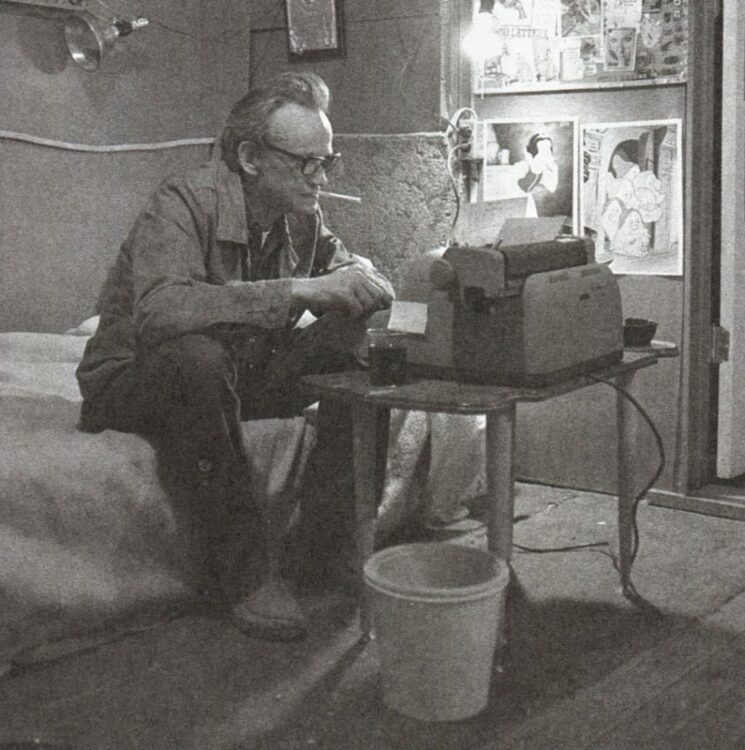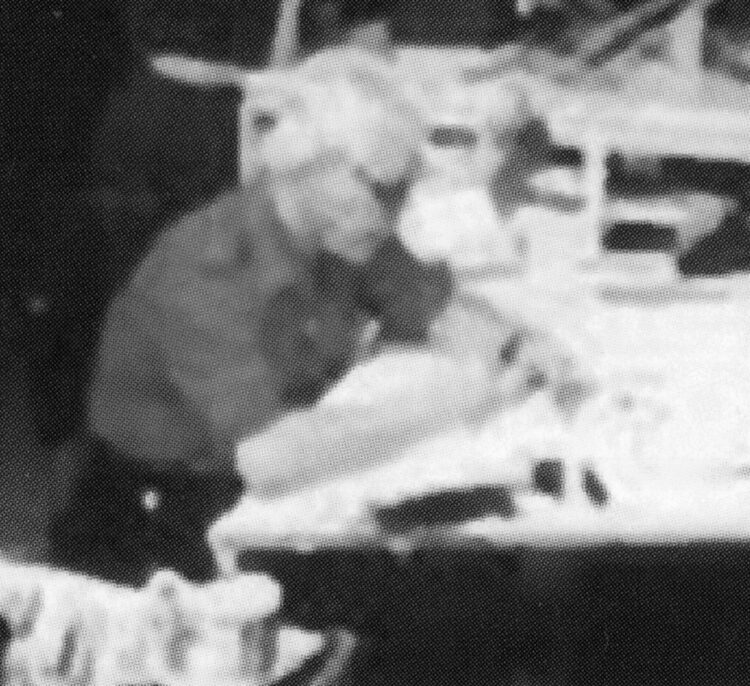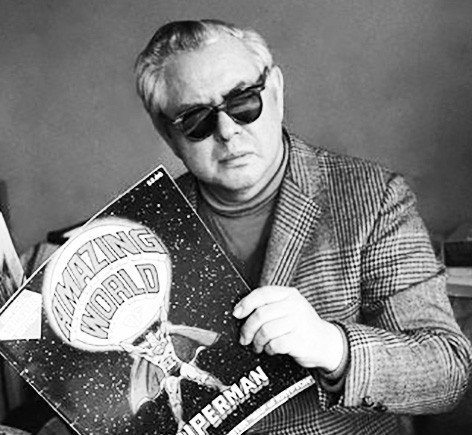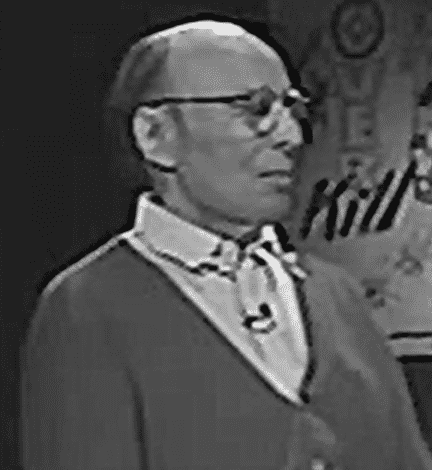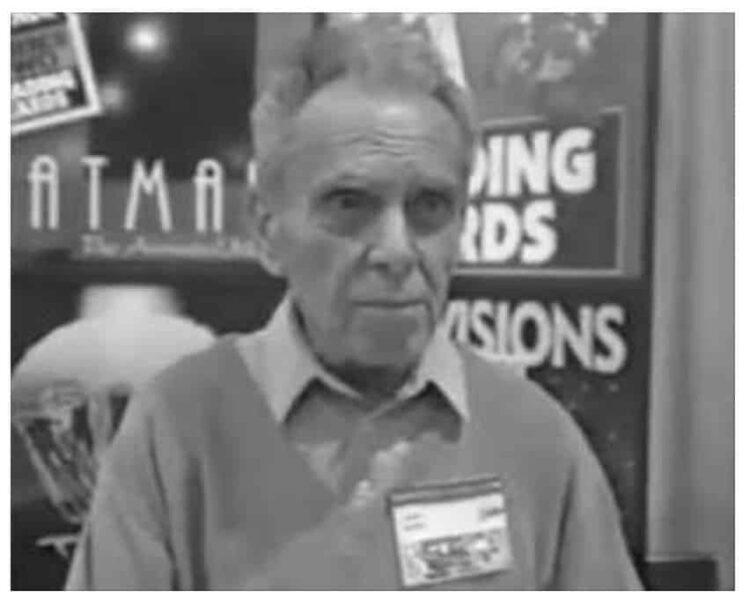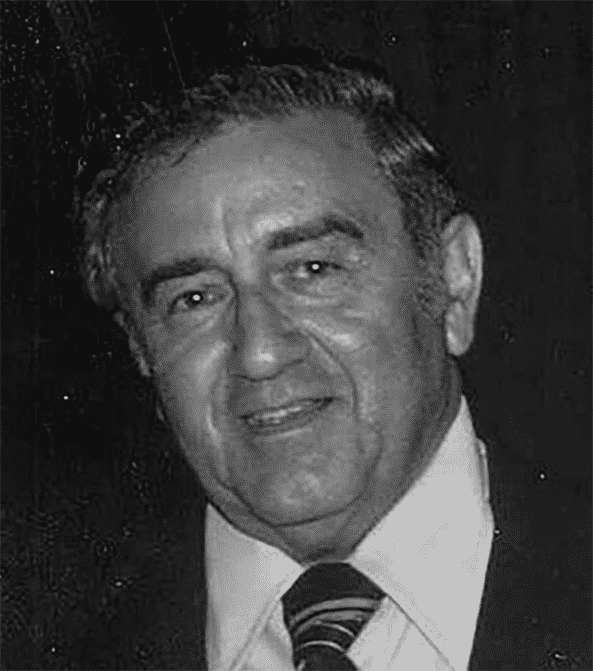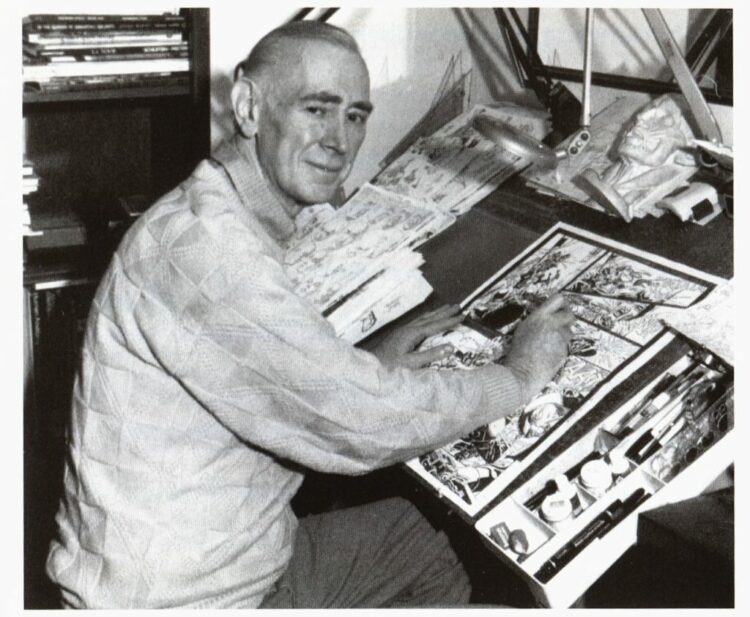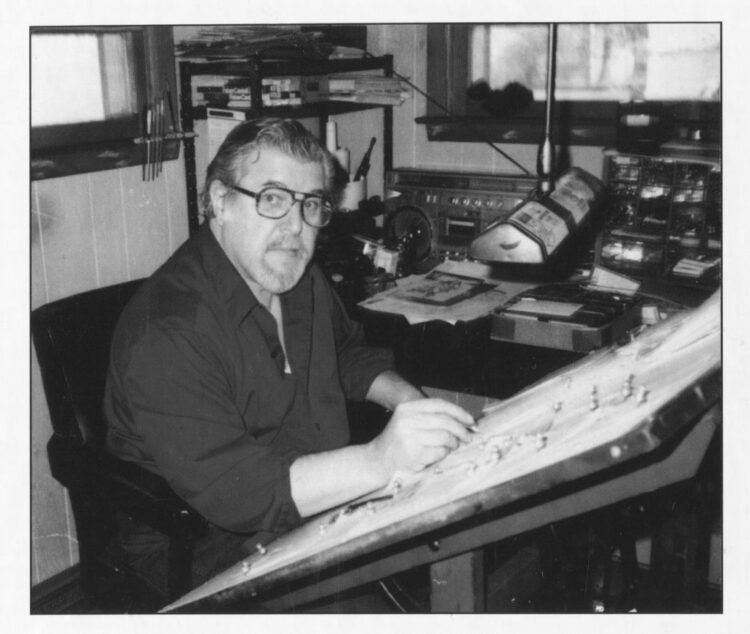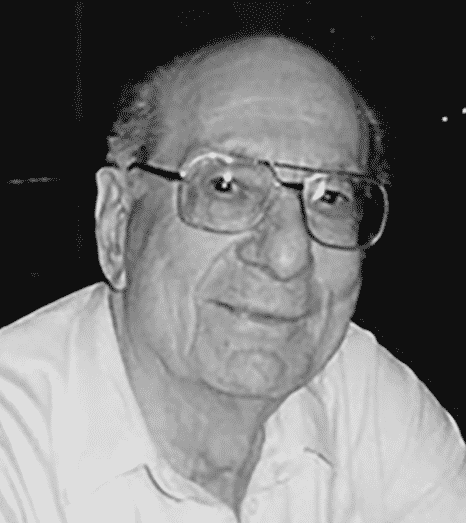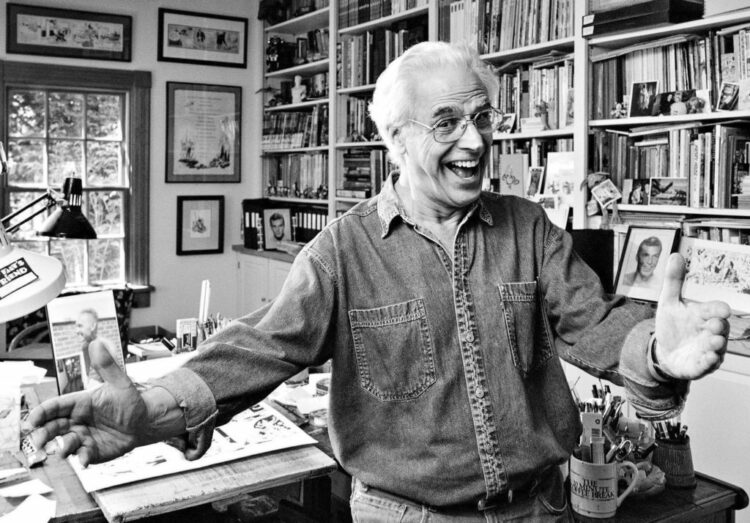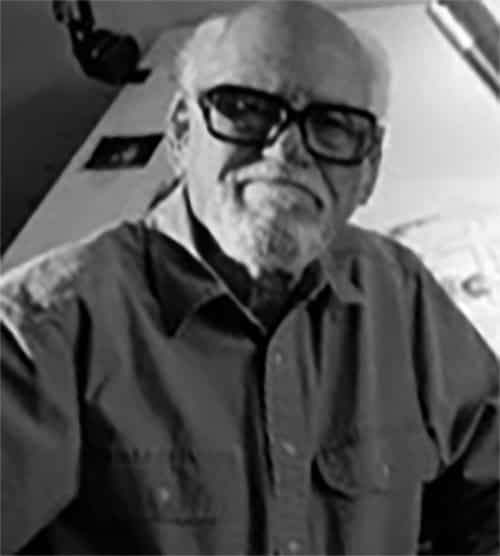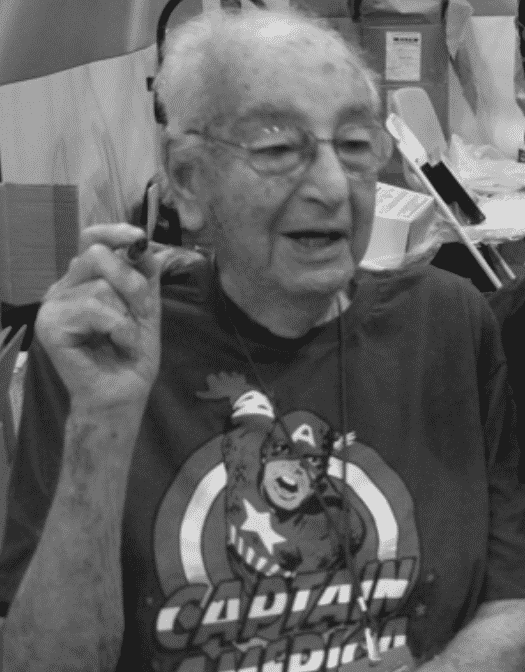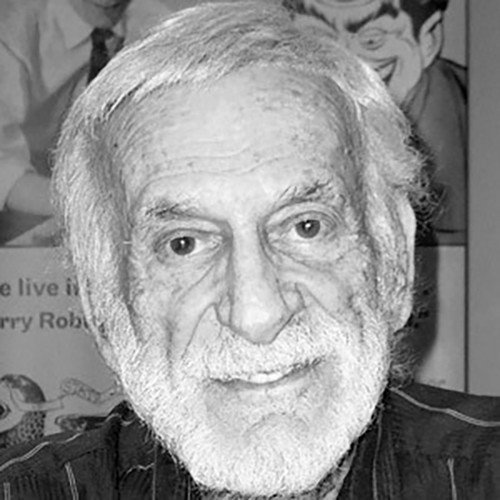The Deaths of the 20th Century Comic Book Greats by Alex Grand
Read Alex Grand’s Understanding Superhero Comic Books published by McFarland Books in 2023 with Foreword by Jim Steranko with editorial reviews by comic book professionals, Jim Shooter, Tom Palmer, Tom DeFalco, Danny Fingeroth, Alex Segura, Carl Potts, Guy Dorian Sr. and more.
In the meantime enjoy the show:
Everybody dies, including comic book creators. Of course that sounds obvious, but when enough of them do, the flavor of an entire industry changes. Similar to the 1940s comic book artists moving onto other careers effectively help end the Golden Age, so did some great 20th century comic book greats die, ushering an end of the 20th century comic book aesthetic and era. Some of those comic book artists are Wally Wood, Reed Crandall, Vince Colletta, Joe Shuster, Harvey Kurtzman, Jack Kirby, Jerry Siegel, Gil Kane, John Buscema, Julius Schwartz, Will Eisner, Al Williamson, Gene Colan, Joe Simon and Jerry Robinson.
What sets them apart from modern comic book artists, well that depends and is unique to each person, but something that is a common thread amongst them is that they were all children during the great depression, and during their adult hood, like machines pumped out incredibly high number of pages, working for hire, and leaving behind an incredible volume of work in the 20th century of comic books. They produced so many comic book and or strip pages, that it was almost easy to take them for granted, and just think that these guys will always be there, and that comics will always look like that. Well they died, and the 21st century comic books is set to look very different. Whether its better or worse is a matter of opinion, but its important to look back and appreciate what these men have produced through blood, sweat, pencils, ink and paper, and then understand that they were mortal, and reach some closure by understanding how they died.
*
To say that Wally Wood died in 1981 from a self inflicted gun shot wound is an understatement. The city, location, arrangement of his bedroom, his wallet contents, the meetings he would have had, his psychological profile from his closest friends, the series of events, phone calls, get togethers that led up to that fateful event, is perfectly summed up and well catalogued in large detail in the Starger and Spurlock book, Wally’s World. Wally was in that second generation of comic book artists with Gil Kane, John Buscema, John Romita who channeled the great strip artists like Eisner, Foster and Raymond. This picture is from 1978.
Reed Crandall had very few contracted works in the 1970s, some random jobs for Warren Magazines with artwork that reduced in quality over time, one Marvel story for Creatures on the Loose 13, 1971. Treasure Chest stopped buying new material, and he was losing money. He moved in with his family in Wichita, Kansas and worked as a night watchman in a Pizza Hut warehouse. He suffered a stroke in 1973, couldn’t draw anymore, became disabled and lived in an institution. In 1982, same year he had this picture taken from the book Reed Crandall: Illustrator of the Comics. He had vascular dementia and then had a heart attack and died.
Vince Colletta died in 1991 after recovering from a heart attack, right after discovering he had cancer. This depression era Sicilian American worked hard into his final days. True, he rushed through some or much of his inking but his intense work ethic and occasional shining work, which was part of comic books from its early days and onward is still present in this 1987 photo from The Thin Black Line: Perspectives on Vince Colletta. Your mileage may vary, but I’ve heard several reviews of his work. I’ve never met the guy, but I wish I had, and will look at his past work with some degree of appreciation, as part of the variety of 20th century comics.
Joe Shuster finally got his co-creator credit with Siegel in 1975 thanks to advocates like Neal Adams and Jerry Robinson, and felt a great deal of pride for taking part in Superman’s creation. He was going blind over decades, and eventually lost his sight, and died of heart failure in 1992.
Harvey Kurtzman worked on Hey Look Comics at Atlas under Martin Goodman from 1946-1949, then some EC Comics from 1949-1952, and helped start up Mad Comics 1952-1956. He left Mad to work with Hugh Hefner on Trump Magazine in 1957, and after its failure he worked at Humbug Magazine til 1958, then Help! magazine in 1960 until 1965. He then spent more than a couple decades on the Little Annie Fannie strip from 1962 to 1988 until his health fell apart and due to disappointment upon learning he did not own the rights to the Annie strip. He reconciled with Bill Gaines in the mid 1980s, co-wrote From Aargh! to Zap! Harvey Kurtzman’s Visual History of the Comics in 1991, developed parkinsons colon cancer, and died in 1993 from complications of liver cancer. This picture is from video series, Comic Book Greats.
Mark Evanier‘s Kirby book is very well written and extensive. A particular touching part was in describing the King of Comic’s death. February 6, 1994 Jack Kirby walked outside to pick up the morning newspaper, walked back in and was found unconscious on the kitchen floor from heart failure. He was discovered by his wife Roz who called 911, but it was too late. This is from Jack Kirby – The King of Comics.
Jerry Siegel co-created Superman published in 1938, and after a series of non financial participating events and periods of his life, in 1975 was finally given a pension and co-creator byline to the Man of Tomorrow after Jerry Robinson and Neal Adams went to bat for him against Warner brothers. He went on to try his hand at some independent comics, moved to Los Angeles, bought a condo. He had heart problems for a good portion of his life and died quietly at home in 1996 at the age of 81.
Gil Kane died at the age of 73 in the year 2000 from complications of Lymphoma that he had fought off for more than a decade, undergoing chemo and radiation treatments. When reviewing his 1990s work starting with Ring of the Nibelung, through his Edge series with Malibu and last comics with DC/Dark Horse, Kane kept his artistic integrity and skill ultimately very high. He was one of those artists that many consider got better with age. This pic is from 1997 from the book, Gil Kane: The Art of Comics.
John Buscema died after being diagnosed with Stomach Cancer in 2002. Something tragic about this is that his art showed no sign of deterioration even right before he died at the age of 74, which is incredibly rare and almost unheard of. His last published comic was Superman: Blood of My Ancestors (started by Gil Kane who also died) 2002 which show his art quality was still very much top notch. He finished some pages for his first issue of a series called JLA Barbarians which was stopped by his death. This pic is from Big John Buscema: Comics and Drawings.
Julius Schwartz died in 2004 at the age of 88 after being hospitalized for pneumonia. He started his career as a Pulp writer and agent, then editor at DC Comics where he jumpstarted the Superhero Silver Age in 1956 with Carmine Infantino and Robert Kanigher. He retired from DC in 1986 the same year his wife died from emphysema.
Will Eisner lived in Florida in retirement, when he died in 2005 from complications of quadruple bypass surgery at the age of 87. He had a rich career when he created The Spirit, expanding the graphic arts, worked for the military industrial complex editing and drawing for PS Magazine, taught at the School of Visual Arts founded by Burne Hogarth, and helped modernize the Graphic Novel Format.
Al Williamson retired in his 70s, and was interviewed for the 2003 Frazetta documentary. His work was seen since the late 1940s, and after decades of excellent illustrative draftsmanship ranging from comics, magazines to newspaper strips, he developed Alzheimers in his final years and died from its complications at the age of 79 in 2010.
Gene Colan was a wonderful and unique illustrator able to depict both realism and surrealism in comic genres like westerns, horror, superheroes, crime, etc. He co-created two African-American superheroes, the Falcon 1969 and Blade in 1973. He was inducted into the Will Eisner Hall of Fame in 2005, produced original comics art until 2009, and won another Eisner in 2010 for an issue in Captain America, and then died in 2011 due to complications of cancer and liver disease
Joe Simon spent the early 2000’s painting reproductions of his comic book covers, He was in comics since the 1930s and co-created Captain America with Jack Kirby along with many other characters, spending time on both the creative and business side of the comic book industry. He was generally successful throughout his whole life and he died in 2011 at the age of 98 after a brief illness.
Jerry Robinson is of course known as the co-creator of the Joker with Bill Finger and Bob Kane in 1940 with a long and illustrious comics career. He stayed very active in the comics world toward the end of his life. In 1999 he co-created a manga series, Astra. He was hired by DC Comics as a creative consultant in 2007, and later interviewed for a superheroes documentary. In 2011, he died in his sleep at 89.
Well that concludes another episode of Comic Book Historians, with everything becoming digitized in the new millenium, and with the medium becoming more and more computerized, we start to become aware that the 20th century was essentially the era of Comic Books in its heyday. Through hard work, blood sweat tears pencil and ink, men like these, brought up during the era of the great depression, contributed significantly to the comic book art form. They lived in their various ways, left an incredible trail of cartoons and illustrations behind them, and each died their own deaths and we will be forever grateful for the work they did.
Cheers.
join us for more discussion at our Facebook group
get historic comic CBH Merchandise
check out our CBH Youtube Channel
check out our CBH Podcast available on Apple Podcasts, Google PlayerFM and Stitcher.
Use of images are not intended to infringe on copyright, but merely used for academic purpose.
Photos and Pictures ©Their respective copyright holders, Siegel Photo by Alan Light, Joe Simon photo ©Titan Books, Dynamo ©IDW Publishing, Horror Illustrated ©Bill Gaines, Teen-Age Romance ©Marvel Comics, Fantastic Four ©Marvel Comics, Avengers ©Marvel Comics, Flash Gordon ©King Feature Syndicate, Conan ©Conan Properties International, Comic Book Greats ©Excelsior Productions, MAD Magazine ©DC Comics, Dr. Strange ©Marvel Comics, Blue Bolt ©Titan Books, FOOM ©IMarvel Comics. For more info on these creators read, Wally’s World, Reed Crandall: Illustrator of the Comics, The Thin Black Line: Perspectives on Vince Colletta, Kirby: The King of Comics, Gil Kane: The Art of Comics, Big John Buscema: Comics and Drawings, Al Williamson Archives. The Comic Book Makers. Secrets in the Shadows The Art & Life of Gene Colan. Spirit ©Eisner










